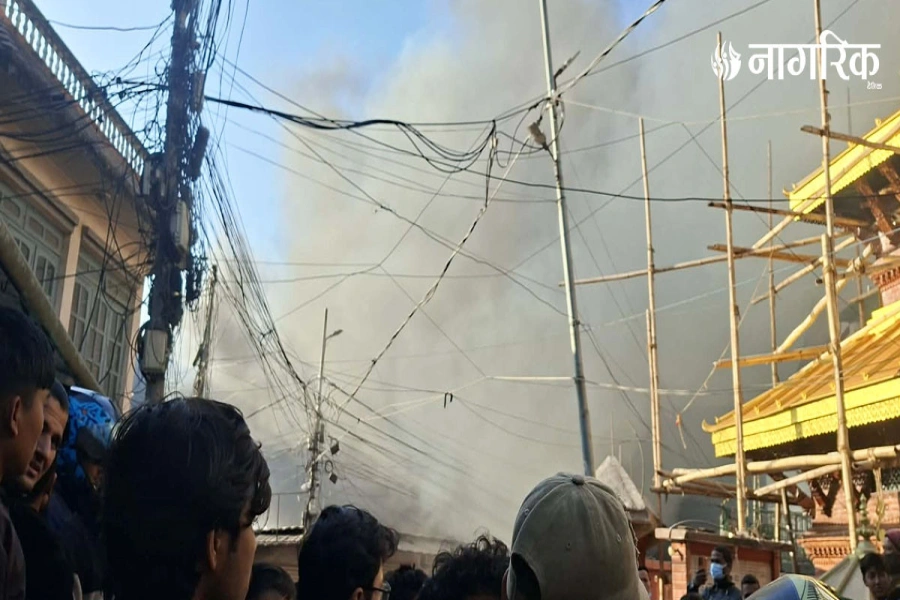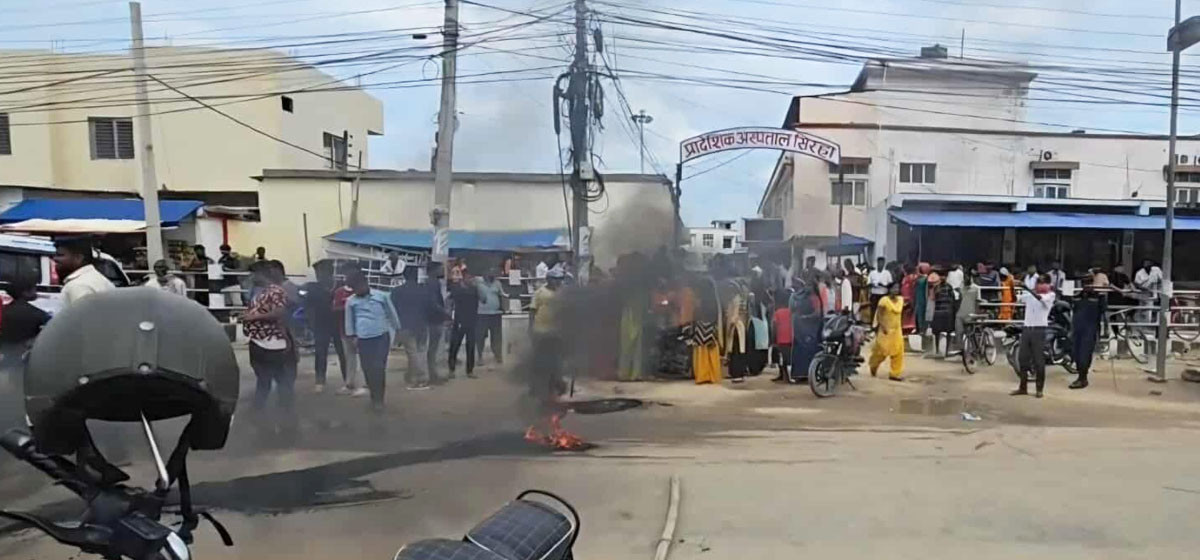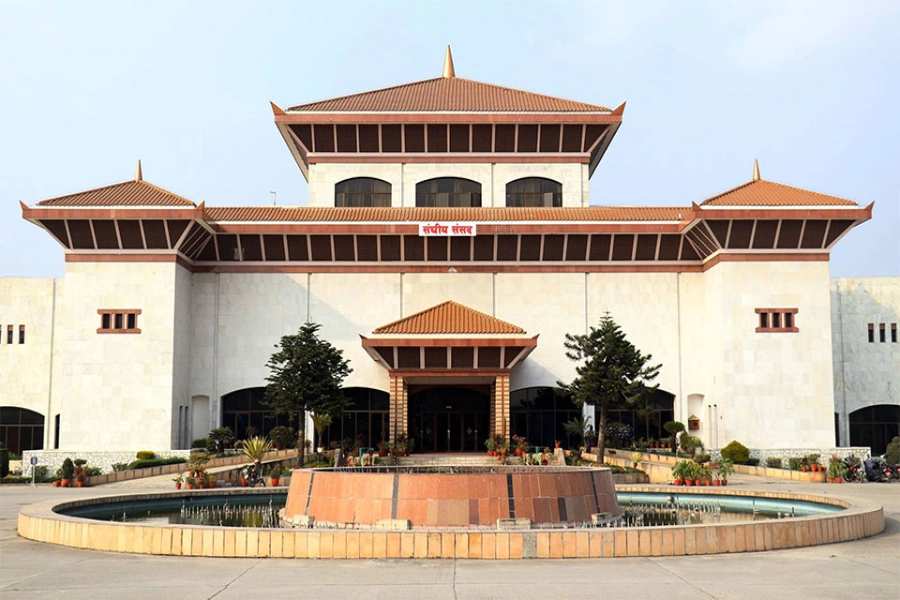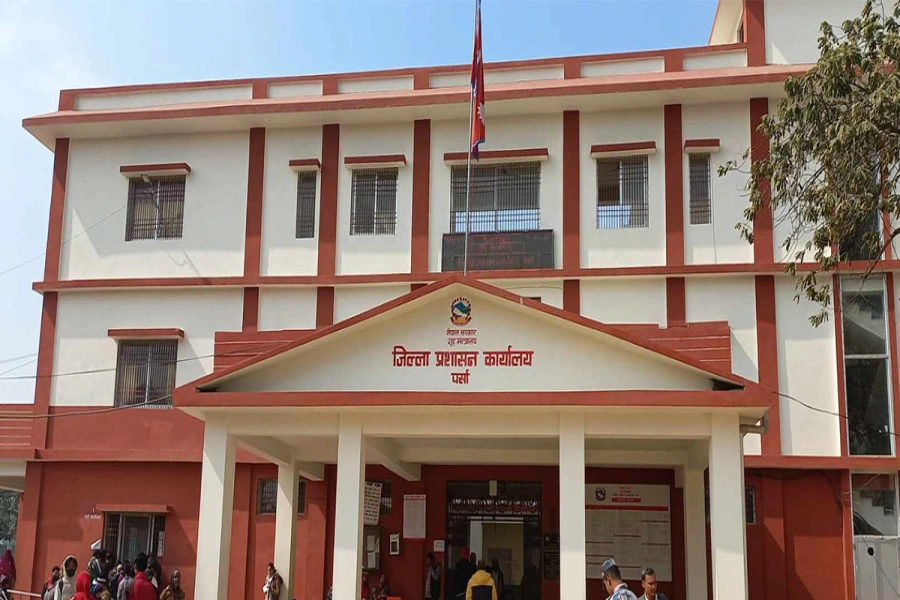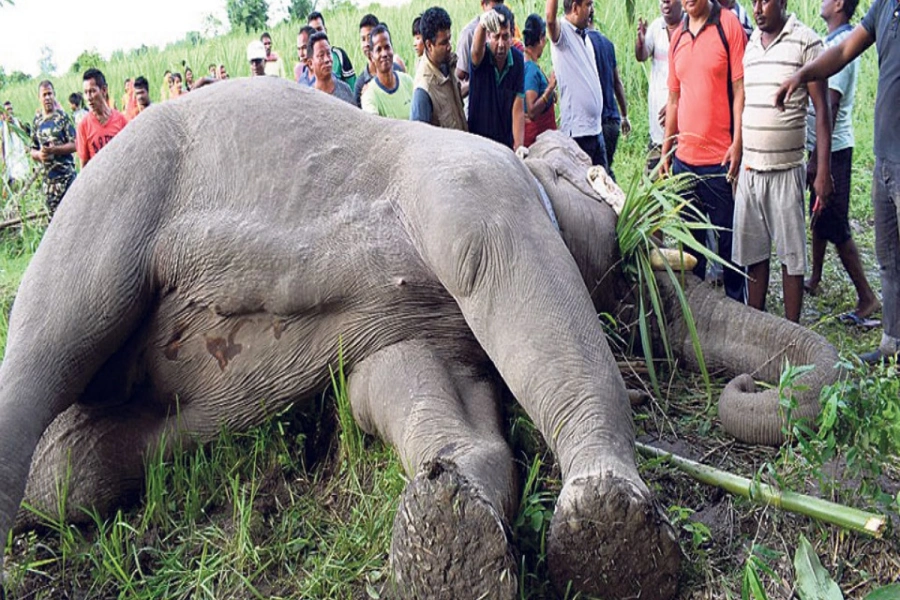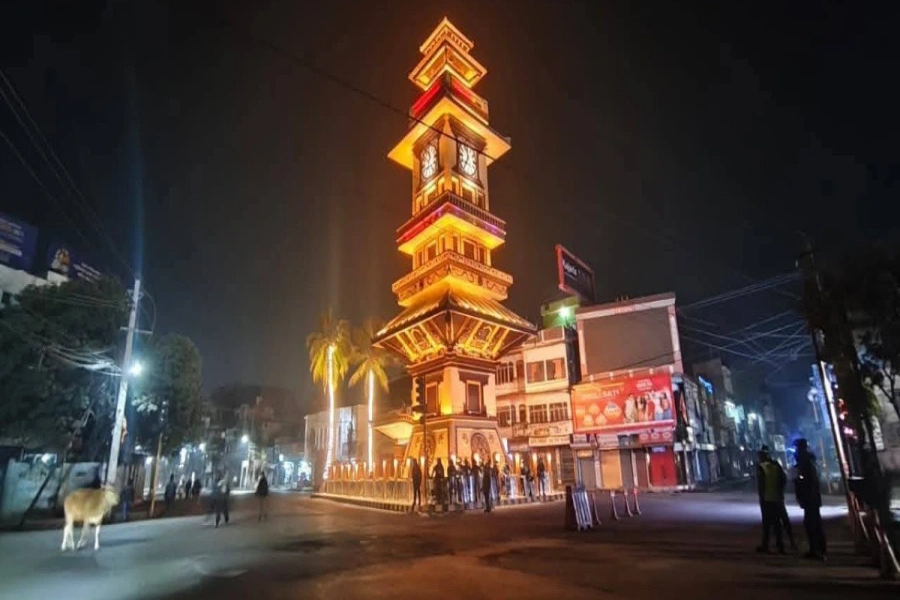The recent incident involving an almost collision between an aircraft belonging to Nepal Airlines Corporation (NAC) and Air India has brought to light the urgent need for the Civil Aviation Authority of Nepal (CAAN) to take strong measures to ensure that similar incidents do not occur in the future. On Friday morning, an aircraft belonging to NAC and Air India’s plane reportedly avoided a major accident, thanks to the prompt action by the crew members of NAC aircraft. The NAC plane on its way to Kathmandu from Kuala Lumpur, Malaysia and an Air India plane coming to Kathmandu from New Delhi almost collided mid air as the pilot of Air India plane, which was at 19,000 feet altitude, suddenly descended to 16,500 feet. The plane almost collided with the plane of the NAC, which was flying at an altitude of 15,000 feet. It is said that the aircraft in question descended without taking permission from the air traffic controller at Tribhuvan International Airport. CAAN officials said a potential major air accident was averted after the NAC aircraft descended to 14,000 feet after the sudden descent of the Air India plane.
It is indeed fortunate that a major accident was averted in this case, but we cannot rely on luck alone to prevent such incidents from happening again. It is clear that the two air traffic controllers who were responsible for the safety of these aircraft were not vigilant enough, and their carelessness could have had catastrophic consequences. The pilots of Air India’s aircraft that descended without taking permission from the ATC are primarily responsible for this near-collision incident. Terming the incident a case of 'extreme negligence', the CAAN has written to the Indian authority concerned on Sunday to take action against crew members for violating the basic air traffic rules, while asking the two ATCs on duty at the TIA during that time to remain 'inactive' until further notice for “carelessness that could have led to a collision" between the two aircrafts. These disciplinary actions on the part of CAAN are steps in the right direction. However, this incident raises several questions about the safety protocols and procedures in place at the CAAN.
Analysis of judicial precedents on medical negligence within Ne...

The CAAN must take concrete steps to ensure that such incidents do not happen again. It is imperative that it takes a thorough look at its safety protocols and procedures to identify any gaps that could lead to similar incidents in the future. Additionally, the CAAN must make sure that all air traffic controllers are properly trained and qualified to handle their responsibilities. It is also crucial that the CAAN ensures that all air traffic controllers are properly equipped with the latest technology to monitor and control air traffic. This includes investing in radar systems, communication equipment, and other tools that can help air traffic controllers make informed decisions about the safety of aircraft. Furthermore, the CAAN must prioritize the safety of passengers and aircraft over any other concerns. The incident involving the almost collision of two aircraft in the skies over Nepal is a stark reminder of the importance of safety in air travel. The CAAN must take strong measures to ensure that similar incidents do not occur in the future. This includes thoroughly reviewing safety protocols and procedures, investing in the latest technology, and ensuring that all air traffic controllers are properly trained and qualified to handle their responsibilities. The safety of passengers and aircraft must be the top priority of the CAAN, and there can be no compromise on this issue.








